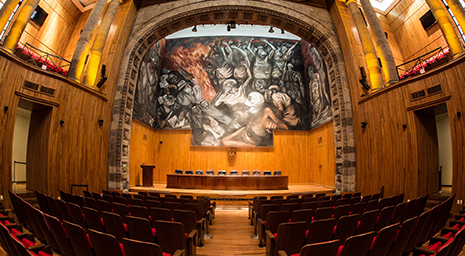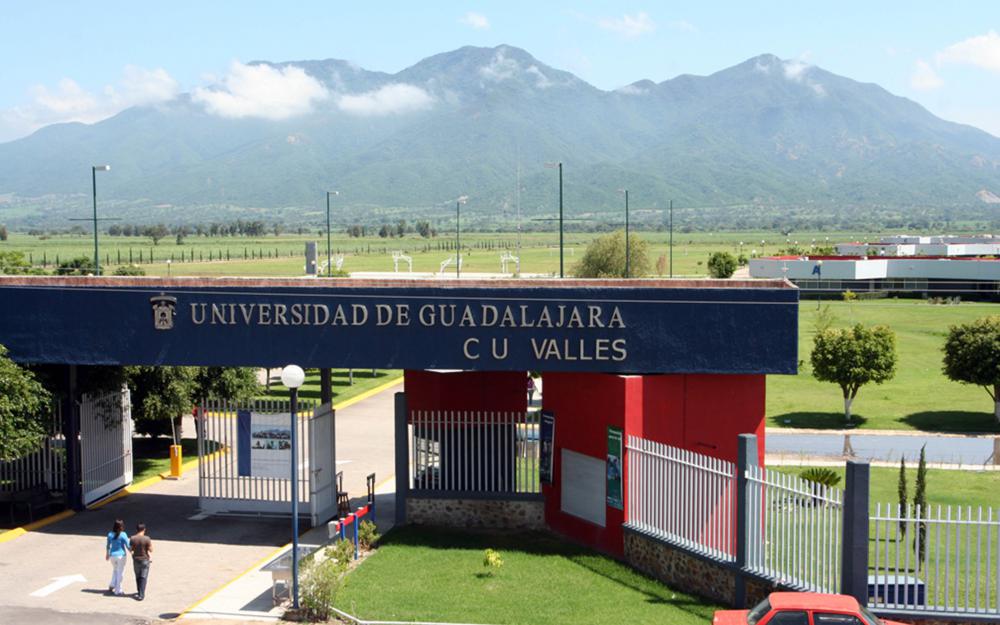Public Lecture (Centro Universitario de los Valles)
Date : October 9th (Monday)
Time : 18:00 ~ 19:00
Address: Carretera Guadalajara - Ameca Km. 45.5, C.P. 46600, Ameca, Jalisco, México.
Speaker: Dr. María Magdalena González Sánchez, Universidad Autónoma de México, México
Title: High Energy Gamma Ray Astronomy.
Public Lecture (Museo de las Artes)
Date : October 10th (Tuesday)
Time : 18:00 ~ 20:00
Address: Juárez 975, C.P. 44100, Guadalajara, Jal., México
- Speaker: Prof. Marka Szabolcs, Columbia University, NY, USA
Title: Astronomy's "Next Big Thing:" What can we expect from direct observations of Einstein's elusive predictions?.
Abstract: Advanced LIGO provided humanity with the first direct detection of gravitational waves, just in time for the 100th anniversary of Einstein's prediction. Beyond the discovery, there is a growing focus on incorporating gravitational waves as a new window on the Universe addressing questions from violent cosmic transients to cosmological enigmas. I will discuss some aspects of (i) the instrumental breakthroughs that enabled the unprecedented sensitivity reached by Advanced LIGO and (ii) the key scientific directions in which gravitational wave searches can be utilized, directly as well as in the context of multimessenger astronomy.
- Speaker: Prof. Jordan Goodman. University of Maryland, MD, USA
Title: Multi-Messenger Astronomy.
Abstract: Astronomy began with people looking at the night sky to see the visible light from the stars. As technology was developed, they augmented their own eyes with optical telescopes, then radio telescopes, then even launched satellites to detect other wavelengths of light from infrared to UV to x-rays and gamma-rays. Today the study of the stars has branched out to use giant detectors on the earth which not only look at the highest energy light in the universe, but also use other messengers beyond light such as neutrinos and even gravitational waves to study the sky. In this talk we will present a look at this emerging field of “multi-messenger astronomy” describing a new generation of experiments which are giving us a new look at the Universe.




